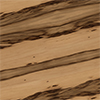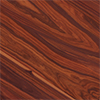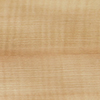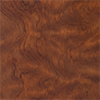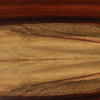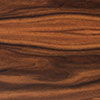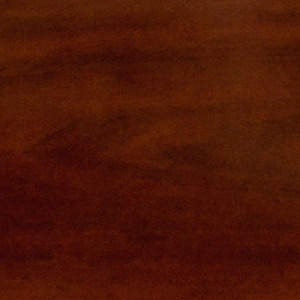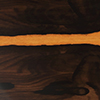C-227
The C-227 concert grand differs from the legendary D-274 only in terms of its size. All of our grand pianos are made from the best wood and other materials. At a length of 2.27 m, it is 47 cm shorter than the D-274 and fits particularly well in smaller concert halls or spacious living rooms. As a delicate piano with a powerful forte, the C-227 Grand puts no limits on your creativity.

“Steinway pianos offer the richest vocabulary of sounds a pianist could wish for.”
LEIF OVE ANDSNES
STEINWAY ARTIST
specifications and Design
- SPECIFICATIONS
- RIM
- SOUNDBOARD
- BRIDGES & PINBLOCK
- CAST IRON PLATE
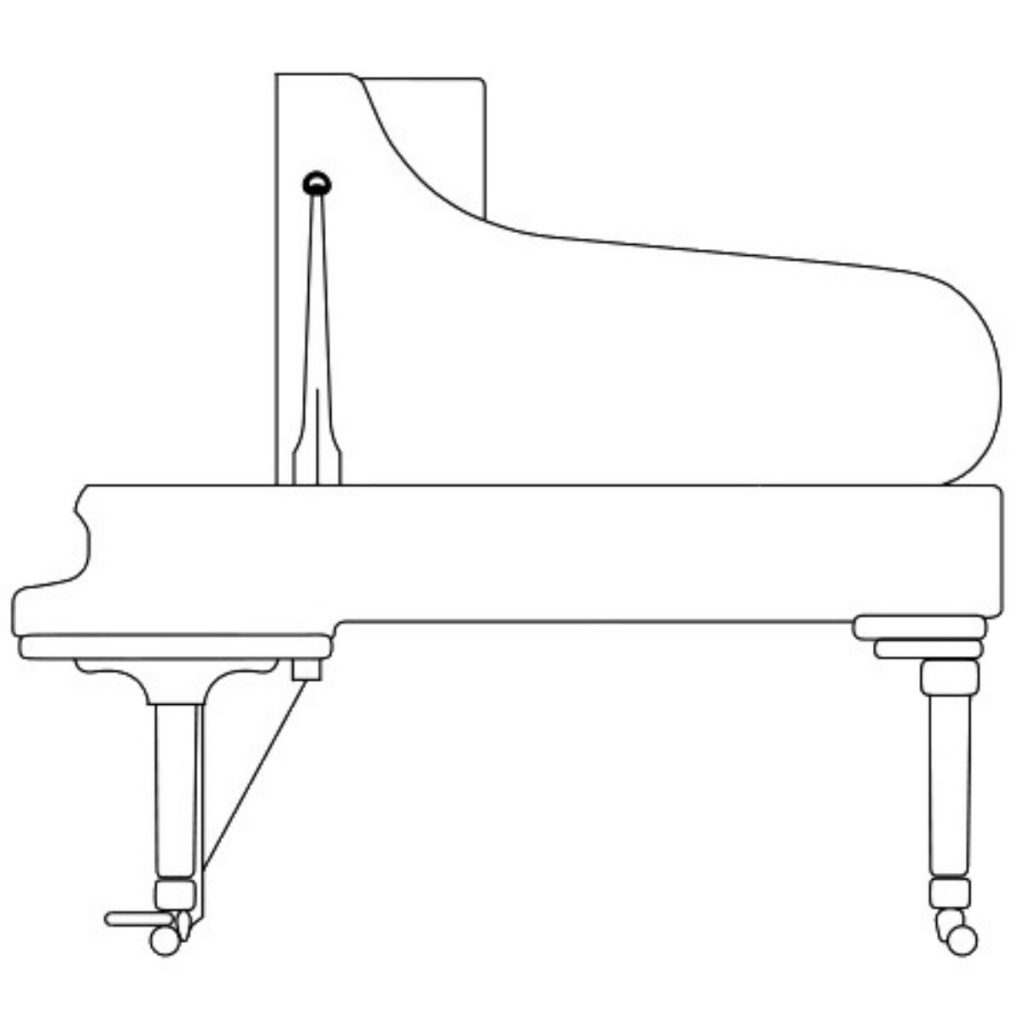
DIMENSIONS
Length: 227 cm (7′ 4″)
Width: 155 cm (5′ 1″)
Net Weight: 937 pounds
(425 kg)
Measuring 227 cm in length, this concert grand offers a large variety of sound and touch from a soft piano to a strong forte and from clear treble to deep bass.
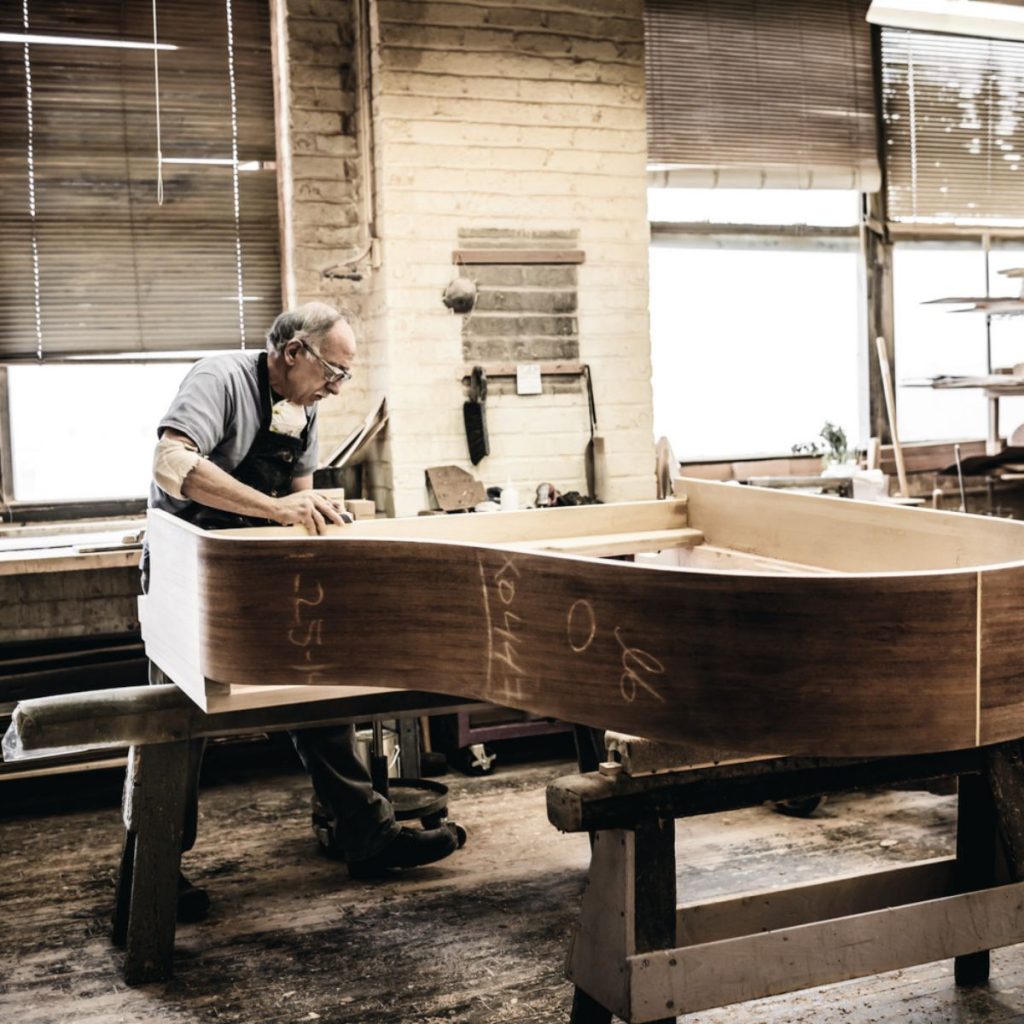
The one-piece continuous bent rim, 2¾” thick, is one of the most significant technical innovations in piano building. The rim provides the foundation for the beauty, stability, and quality of each Steinway grand piano. The rim of the Steinway Model B is comprised of 16 layers of hard rock maple — with both inner and outer rim being pressed together in a single operation — which provides the structural integrity that enables a Steinway piano to endure for generations. This unique rim construction has been an integral part of every Steinway grand piano since it was developed and patented by Steinway & Sons in 1878.
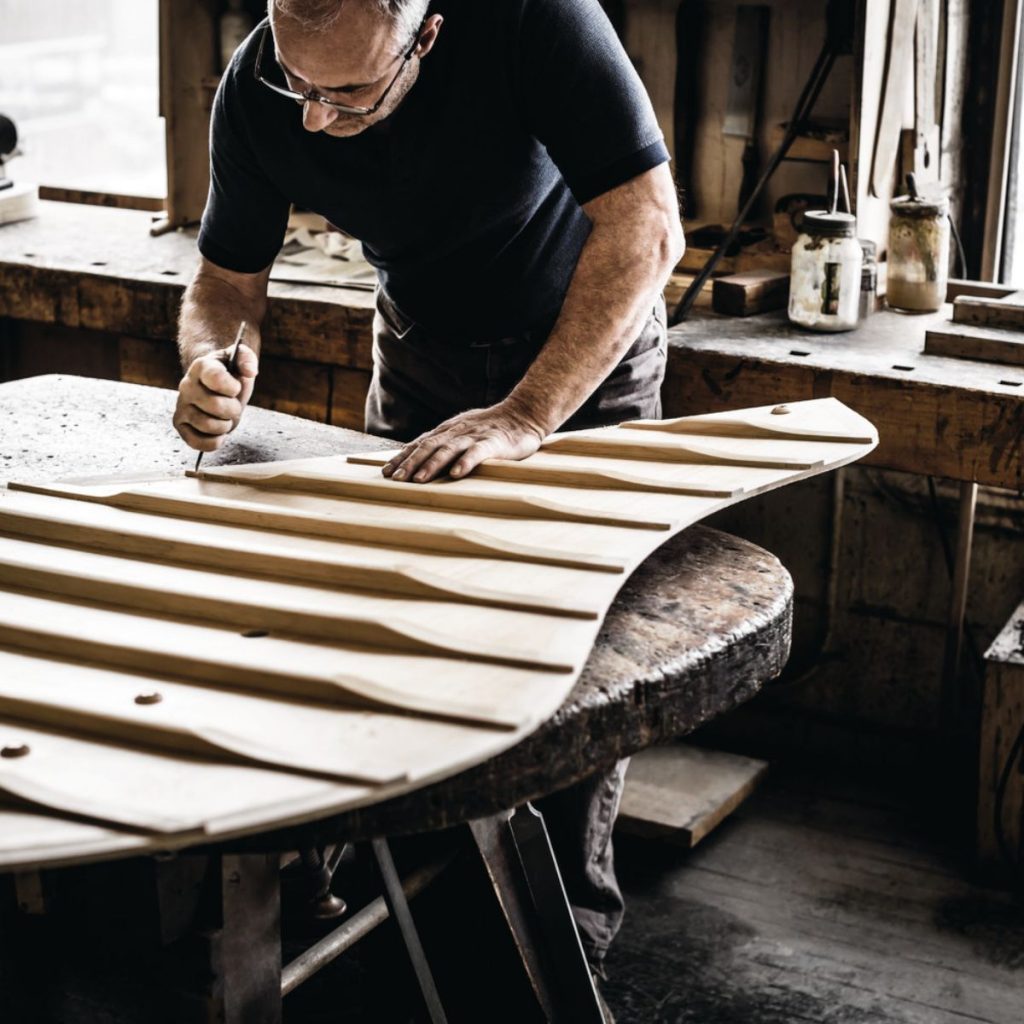
The soundboard lies at the heart of a Steinway grand or upright piano, which is why great care is needed both in its design and in the selection of the wood. To meet the highest quality standards, only superior Sitka spruce with a regular grain and prescribed minimum number of annual growth rings is acceptable. The production of the Steinway Diaphragmatic Soundboard is based on a 1936 patent to achieve optimum performance in dynamic range and maximum sustain. Under this patent, the soundboard is gradually tapered from the center to the edge, permitting freedom of movement and creating a sound of unparalleled richness, sonority, and sustain.
Created like the soundboard of violins to give a free and even response throughout the entire scale, the Steinway Model D soundboard is 9 mm thick in the center and tapers to 6 mm as it approaches the rim and outer case before being double crowned. The design permits complete freedom of movement while displacing a greater amount of air, creating a richer and more lasting tonal response. Close-grained, quarter-sawn Sitka spruce — which has unusual stability and vibrance under stress and vibration — is used exclusively for the soundboard.
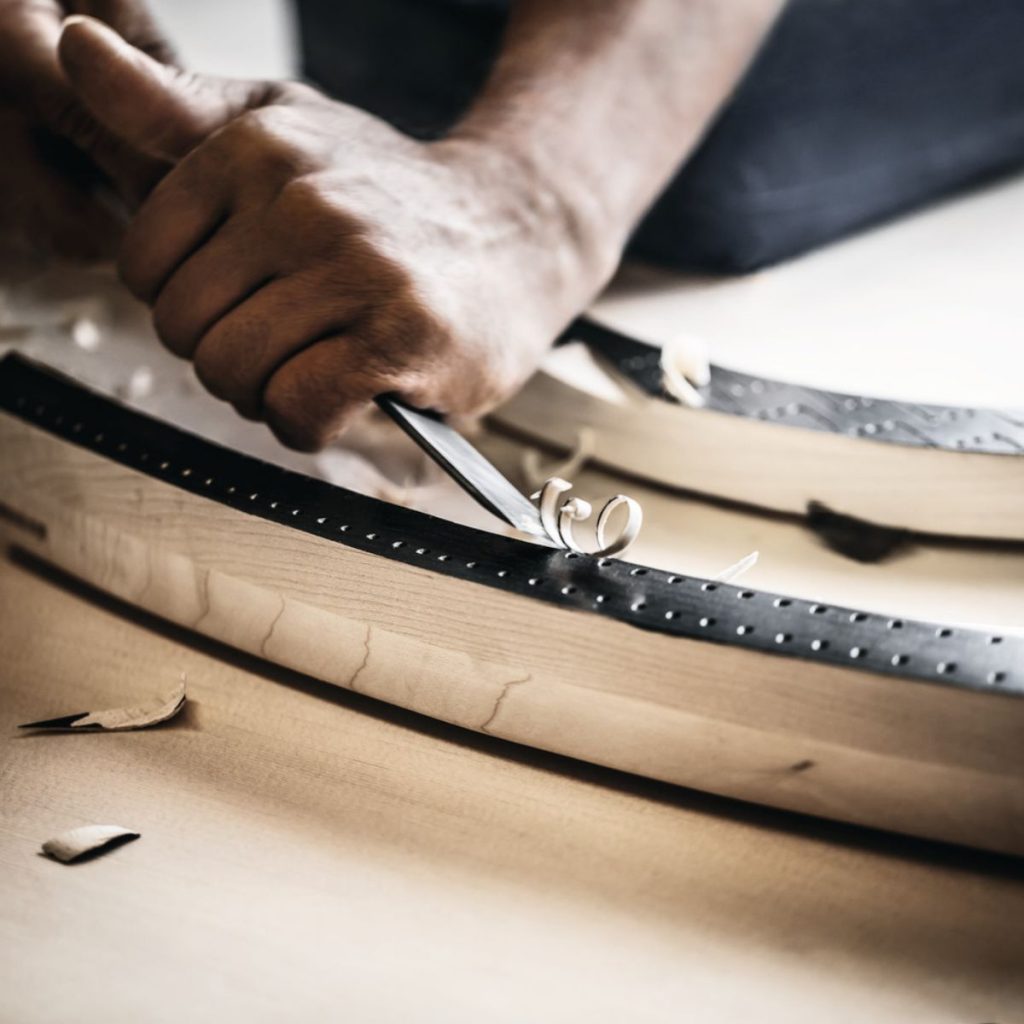
The better the materials, the better the sound. Steinway & Sons constructs its soundboard bridges exclusively from vertically laminated hardwood with a horizontal grain, capped with solid maple. Each bridge is notched by hand for precise, individual string-bearing. This design ensures optimal sound transmission from the strings to the soundboard, resulting in a sustained, resonant tone—creating the inimitable Steinway Sound. In 1963, Steinway introduced the Hexagrip Pinblock, which is engineered to enable pianos to hold their tuning longer and with incredible precision.
The Hexagrip patented design features 7 laminations of quartered hardrock maple stock. Grain is symmetrically distributed at successive angles of 45º and 90º, employing uniform grain direction around the circumference of the tuning pin to provide ultimate pin grippage. The exclusive design provides the tuning pin with smoother movement under torque, a more uniform retaining action, and a piano that holds its tuning longer.
Treble bridges are hard rock maple vertical laminations capped with solid hard rock maple; they are planed, graphite coated, drilled and notched by hand for precise individual string bearing, with a design that defies splitting. Bass bridges are continuous with treble and maple doweled.
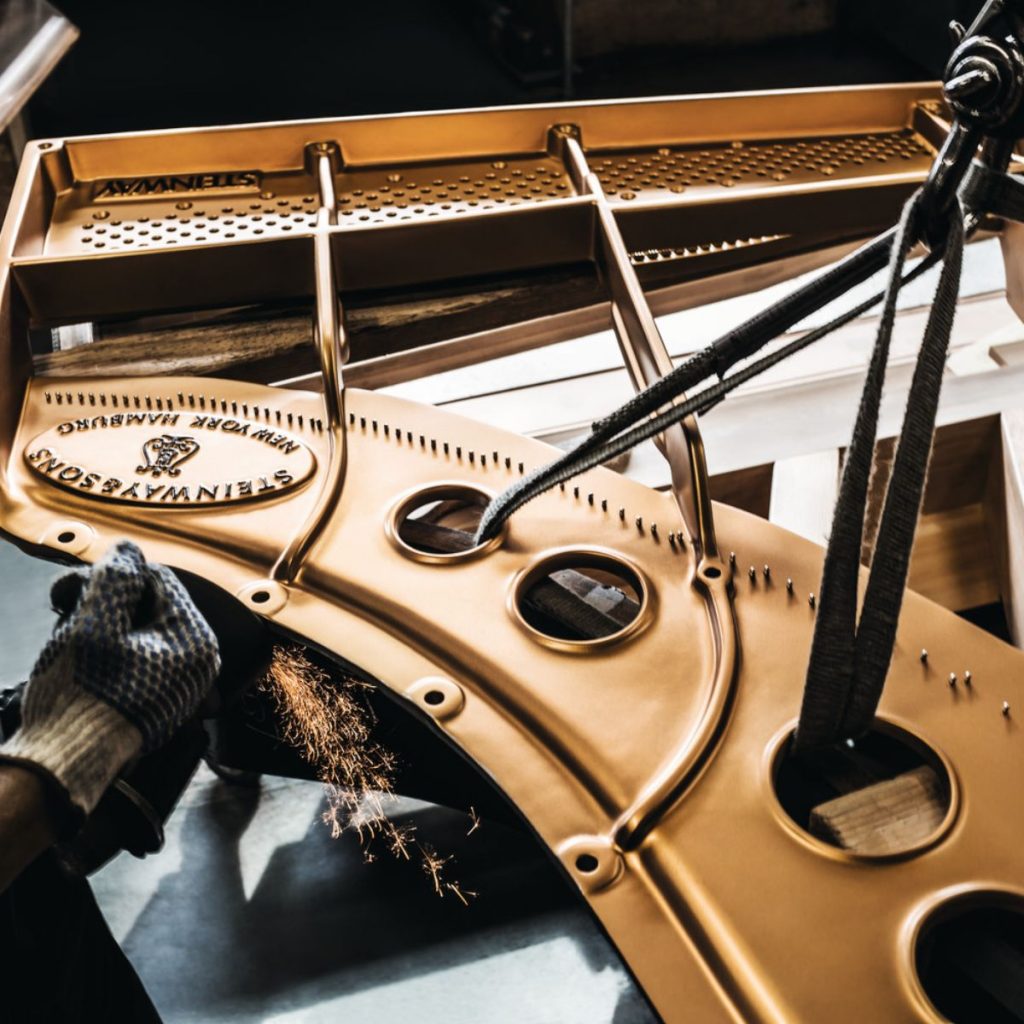
Up to 20 tons of string tension is being exerted within a piano at all times. It is the function of the cast iron plate to accommodate this extraordinary force and provide strength and stability throughout the life of the piano. Steinway & Sons uses its own “bell-quality” casting to support this string tension and reduce vibration, which in turn enhances the sound. This component is so integral to the construction of a Steinway piano that Steinway & Sons owns and operates its own foundry, which produces cast iron plates to its exacting specifications. The plate is sturdy gray iron; filled, CNC–milled, and sealed; bronzed and lacquered.
make your Steinway grand A CROWN JEWEL
The STEINWAY CROWN JEWEL COLLECTION is an exclusive series of rare, fine veneers available in all STEINWAY grand models.
Request more INFORMATION
Required fields are indicated by an asterisk.

